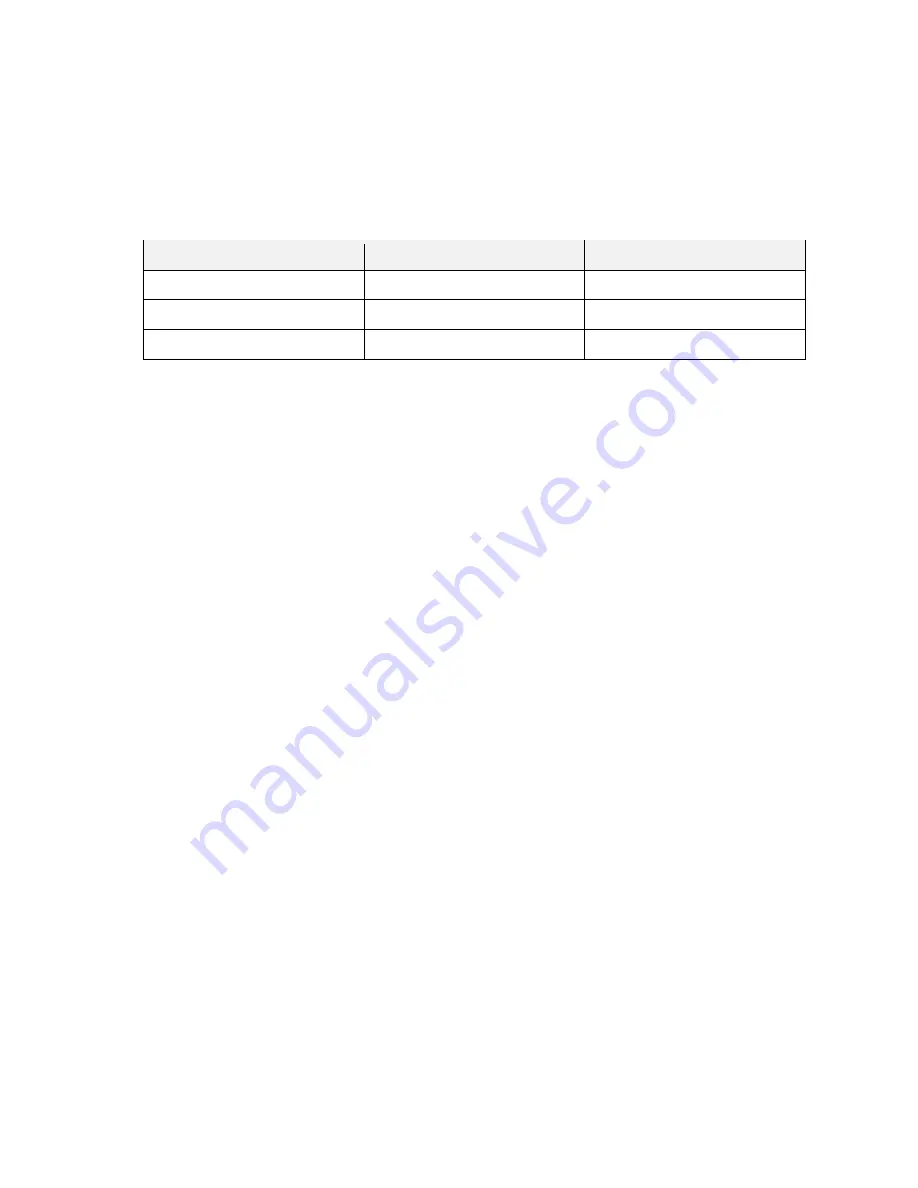
2
Samsung Portable SSD T3
User manual
3.
File Formats
T3 is formatted using exFAT file format, in order to support Windows OS, Mac OS, and the latest Android
operating systems.
Data reading/writing for file formats may vary depending on the OS. If you use T3 on a single OS, it is
recommended that you format the T3 using the appropriate file format for that OS.
(e.g.) Read/write restrictions for file formats by each operating system
File Formats
Windows OS
Mac OS
exFAT
Both read and write
Both read and write
NTFS
Both read and write
Read only
HFS
Not recognized
Both read and write
*
When using exFAT across multiple operating systems, data writing may become locked and you may only
be able to read data. If such problem occurs, you can restore write access by following the instructions
below.
–
Mac OS: Connect T3 to your Mac again, and perform Eject.
–
Windows OS: In the notice window that appears when write access is disabled, click “Scan and fix” to
perform Check Disk (CHKDSK). If you closed the window, you can perform Check Disk by selecting the
drive → Right
-
click → Properties → Tools → click Check.
4.
Capacity of T3 Displayed on the System
When T3 is connected to a PC, the capacity displayed on the system may vary from the capacity marked on
the product, depending on the drive’s format, partitioning and computer system.
*
e.g.: Windows OS
Capacity marked on the product is calculated as below.
1 MB = 1,000,000 bytes / 1 GB=1,000,000,000 bytes / 1 TB=1,000,000,000,000 bytes

















